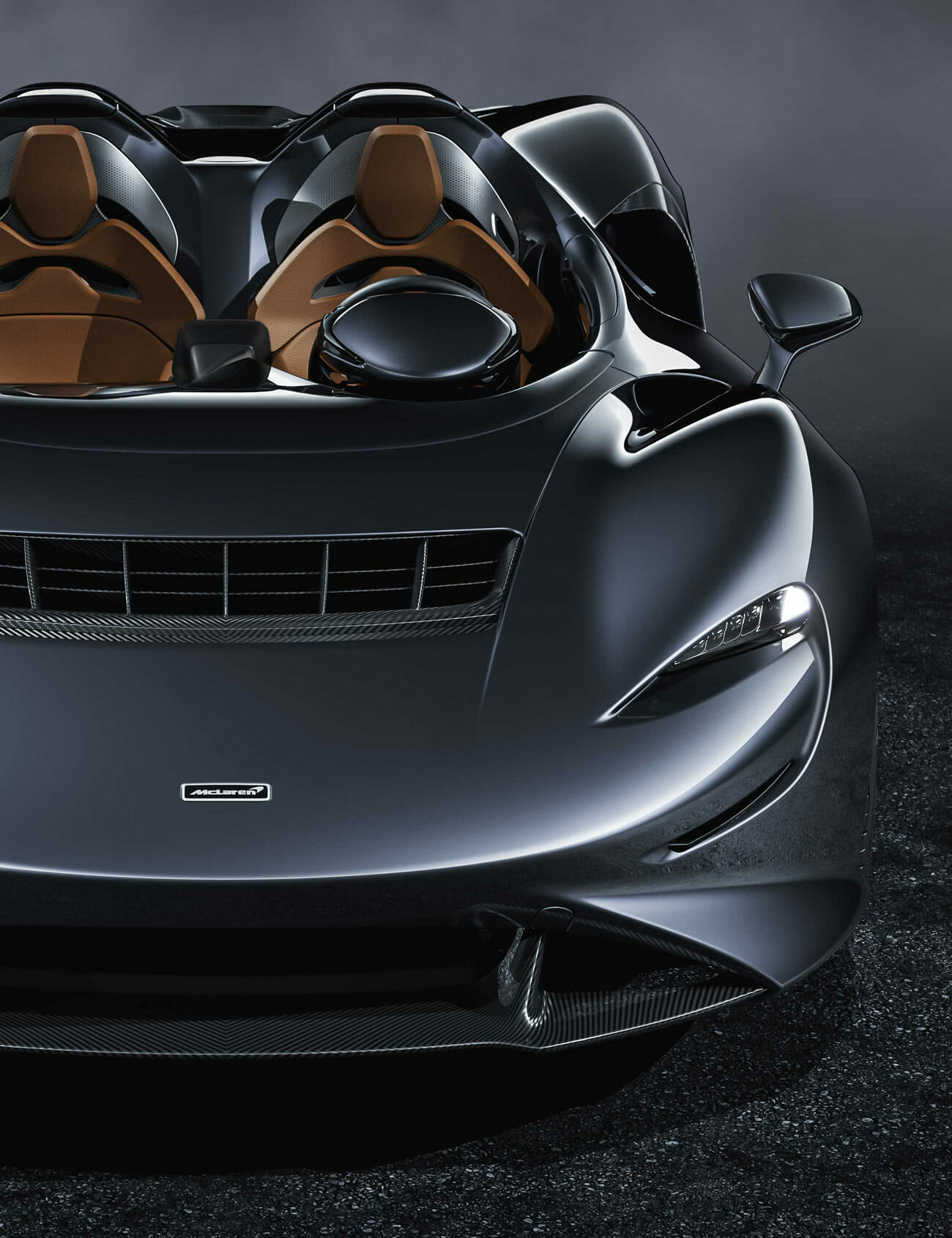Generally speaking, the more money you spend on a new car, the more features you can expect to buy. Fork over $14,730 for a basic Nissan Versa, and you’re lucky to get power windows and air conditioning; drop six figures on a Bentley, and you fully expect it to coddle you in the lap of luxury with massaging seats and rotating displays made with sustainably-sourced wood.
The new McLaren Elva, however, flies in sharp contrast to that trend. It costs a bare minimum of $1.69 million dollars, yet that seven-figure sum doesn’t even buy you a windshield or windows.
To be fair, that’s kind of the entire point of it. The Elva is the latest member of McLaren’s Ultimate Series of sports cars, its limited-run, top-of-the-line speed machines like the Senna and P1 that are whipped up for the brand’s most exclusive customers. It’s a two-seat speedster inspired by the McLaren-Elva sports cars company founder Bruce McLaren created half a century ago (one of which can be seen in the first image above); as those cars did without niceties such as wind-blocking glass, so does its 21st Century namesake.
To get around the lack of windshield, McLaren came up with a way to use the blowing breeze against itself to shield occupants. The new Active Air Management System, or AAMS, uses the magic of physics to suck onrushing air down into the clamshell nose and then shoot it up and over the passenger compartment at high speed, checking the other oncoming air molecules out of the way. The effect, in theory, should be something like an air-blocking force field; we’ll have to see how it holds up in practice. (Yes, that’s our way of asking McLaren to let us drive it.)

Beyond that, the basic building blocks of the Elva are familiar from pretty much every other modern McLaren: a carbon-fiber chassis packing a twin-turbo V8, with a seven-speed dual-clutch transmission sending power to the rear wheels. In this case, it’s a 4.0-liter version of the Macca V8, as seen in the 720S Spider; here, though, it’s been dialed up to 804 horsepower, eclipsing even the mighty likes of the Ferrari 812 Superfast, Lamborghini Aventador SVJ and Dodge Challenger Hellcat Redeye.
The lack of glass and a roof help the Elva achieve the honor of being the lightest Mclaren of the modern era, though the company isn’t releasing final weight figures just yet. It should vault from 0 to 60 mph in less than three seconds and from naught to 124 in just 6.7 — as quick as a Honda Civic Si does the 0-60.
McLaren does say that occupants are welcome to wear helmets, though the car’s upper body reportedly provides enough protection that you don’t need to.
That said, there will also be a version with a windshield available if you really don’t have the nerve to go fully al fresco. Place your order for one of the 399 examples now, and you should expect to have yours in hand by the end of 2020.

